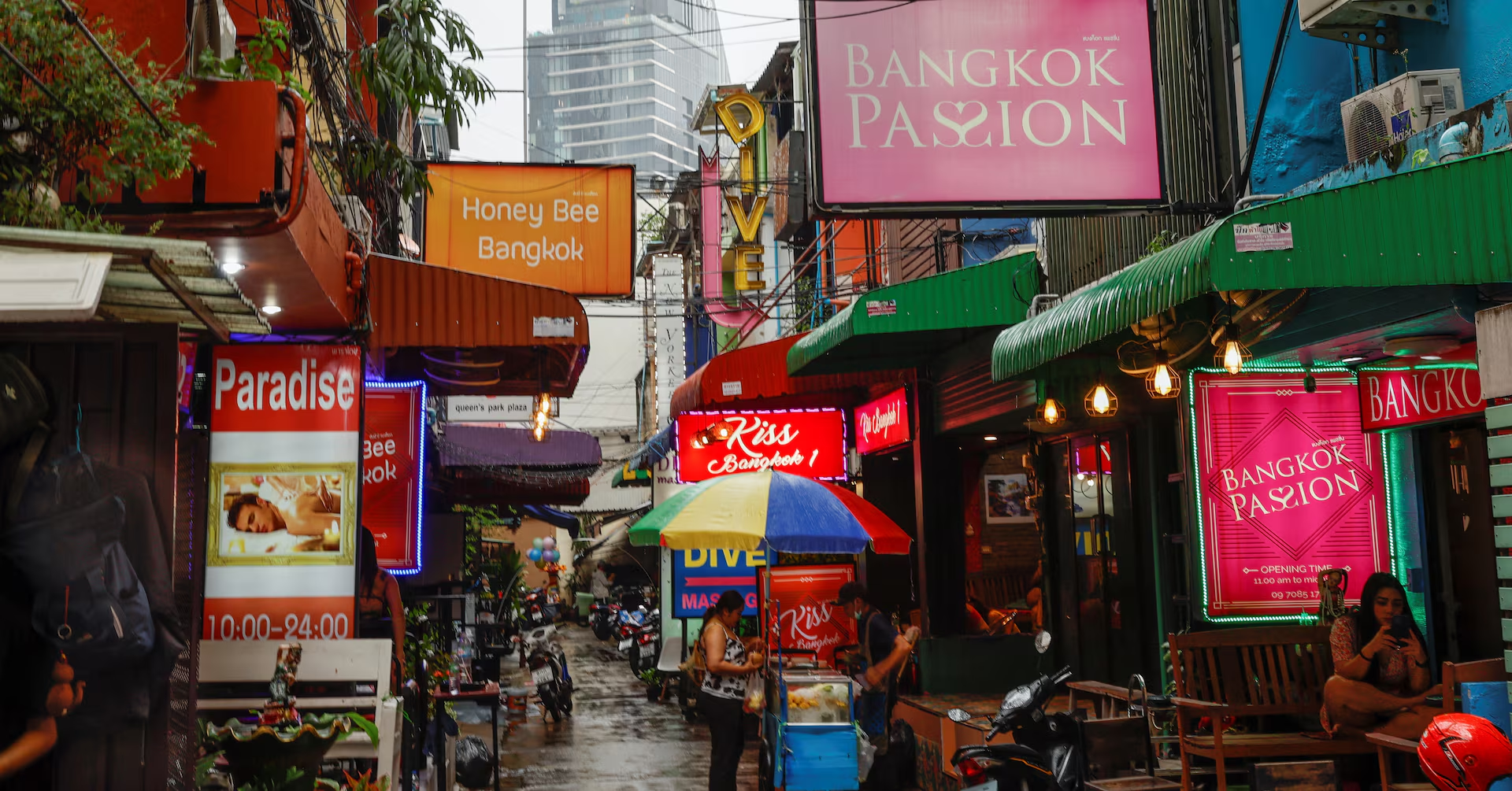The Erawan Shrine, located in the heart of Bangkok, is a revered Hindu shrine that attracts thousands of visitors daily. It is situated at the Ratchaprasong intersection, near the Grand Hyatt Erawan Hotel, and is easily accessible via the BTS Skytrain at Chidlom Station.
Spiritual Significance and History
The Shrine’s Origins
The Erawan Shrine was built in 1956 to counteract bad luck associated with the construction of a nearby hotel. The hotel’s construction faced numerous setbacks, including accidents and financial issues, which were believed to be caused by laying the foundations on an inauspicious date. An astrologer advised constructing the shrine to mitigate these negative influences, and it has since become a symbol of spiritual harmony and prosperity.
Cultural Practices and Attractions
Worship and Offerings
Visitors to the shrine often make offerings of incense sticks, floral garlands, fruits, and teakwood elephants to the golden statue of Phra Phrom, the Thai representation of Brahma. The shrine is renowned for its Thai classical dance performances and lion dances on special occasions, which are sponsored by worshippers as a form of gratitude for prayers answered.
Community Impact and Location
Charitable Contributions and Accessibility
The shrine is not only a spiritual hub but also contributes to the community through charitable donations. Funds collected are distributed to various organizations and hospitals across Thailand. Located in a bustling area surrounded by shopping malls like Gaysorn, CentralWorld, and Amarin Plaza, the shrine offers a serene oasis amidst the urban landscape.
Syncretism and Cultural Influence
Hinduism and Buddhism in Thailand
The Erawan Shrine exemplifies the syncretism between Hinduism and Buddhism in Thai culture. While Brahma is a Hindu deity, the shrine’s significance extends beyond religious boundaries, reflecting the broader cultural influences in Thailand. The area is also home to other shrines dedicated to Hindu deities, highlighting the rich cultural diversity of Bangkok.









